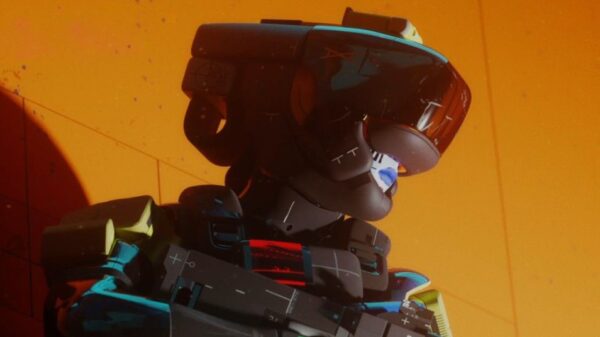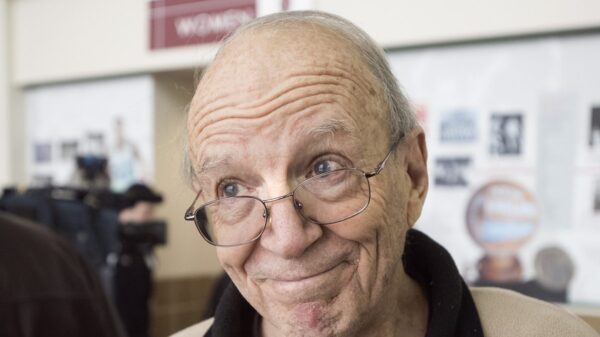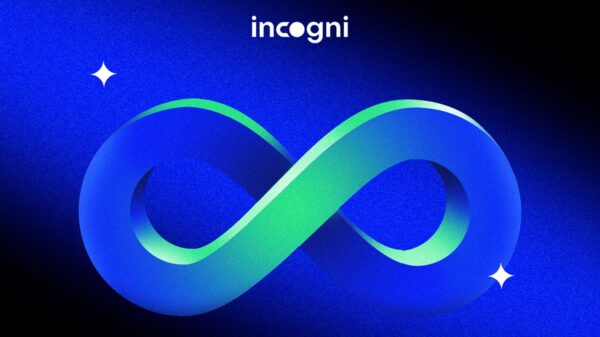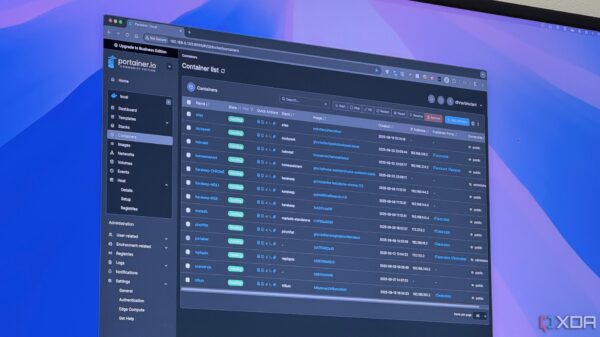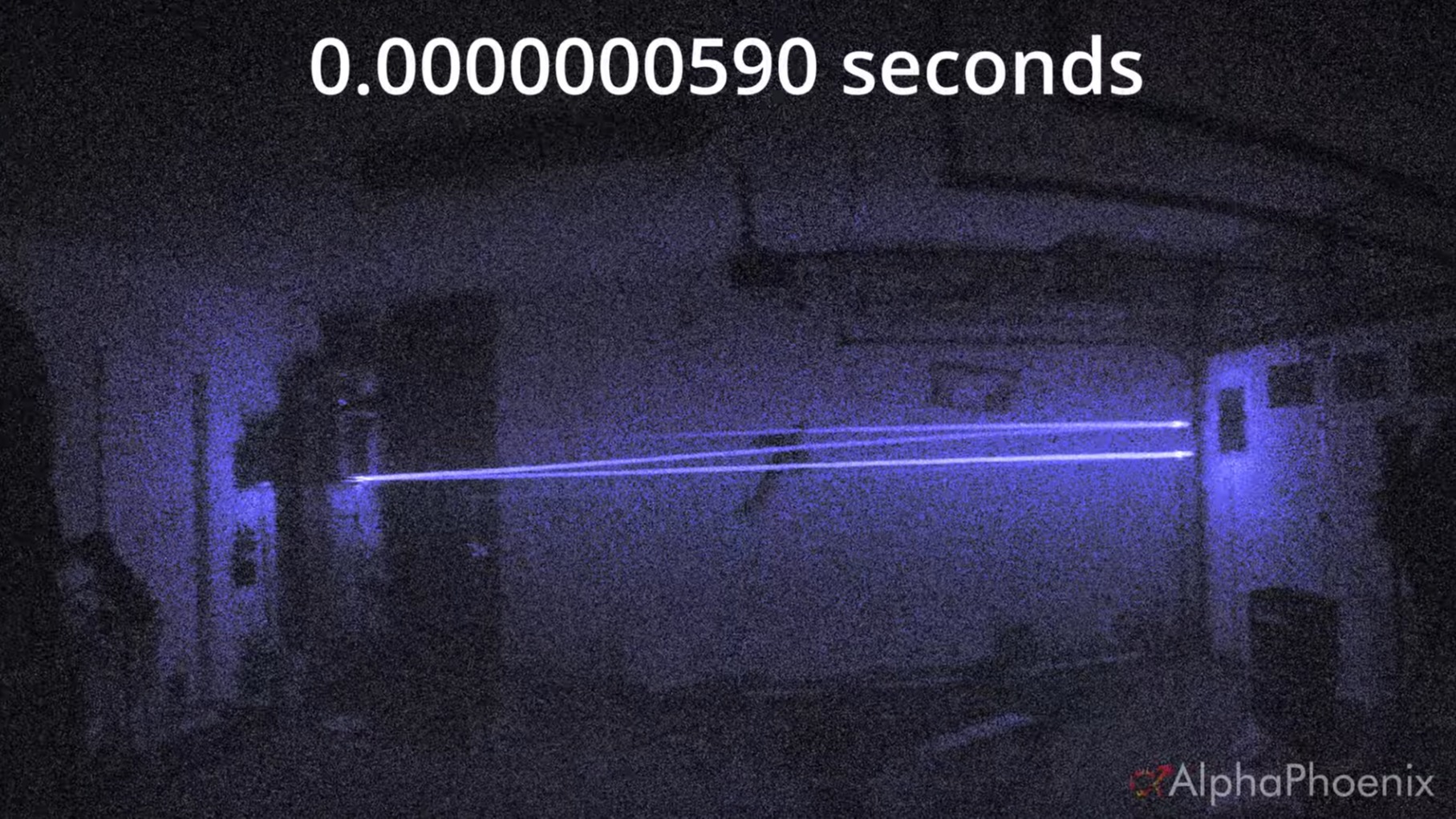A recent experiment led by inventor Brian Haidet has achieved an extraordinary milestone in high-speed photography, capturing a laser beam at an astonishing 2 billion frames per second. This remarkable feat, showcased on his AlphaPhoenix channel, illustrates the complexities of light behavior in a visually striking way.
Haidet’s project is built upon a previous endeavor from December 2022, where he successfully developed a camera capable of operating at 1 billion frames per second. In his latest attempt, he entirely overhauled his equipment, upgrading critical components such as motors, hardware, oscilloscope, signaling, recording software, and processing software to achieve the higher frame rate with improved resolution.
Understanding the Science Behind the Experiment
One of the most intriguing outcomes of Haidet’s experiment is a visual representation of special relativity. The footage reveals how light appears to travel faster when directed towards the camera than when it moves away. This phenomenon occurs due to the setup’s unique configuration: laser beams reflecting off fog particles closer to the lens reach the camera sooner than those bouncing from farther away.
Haidet’s experiment effectively demonstrates complex scientific principles in a tangible way, allowing viewers to observe the nuances of light behavior in real time. The results not only highlight the capabilities of high-speed imaging technology but also provide an engaging application of theoretical physics.
For those interested in delving deeper into the intricacies of Haidet’s work, additional bonus material is available, offering an in-depth look at the technology and methodology behind this fascinating experiment. This innovative approach to visualizing light serves as a testament to the potential of modern science and technology, engaging both enthusiasts and experts alike.





